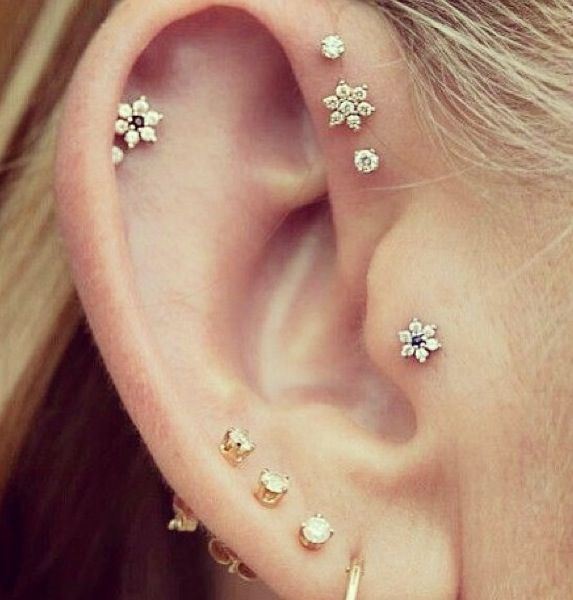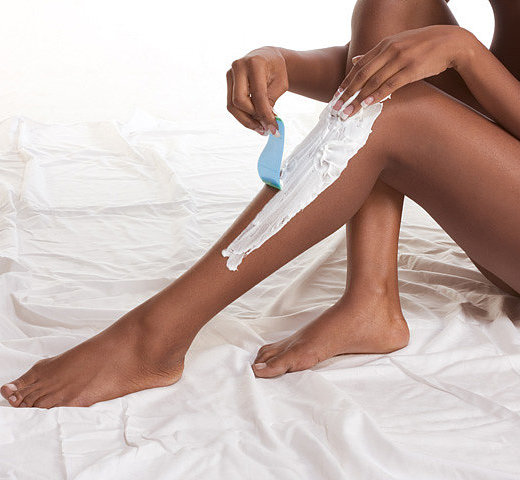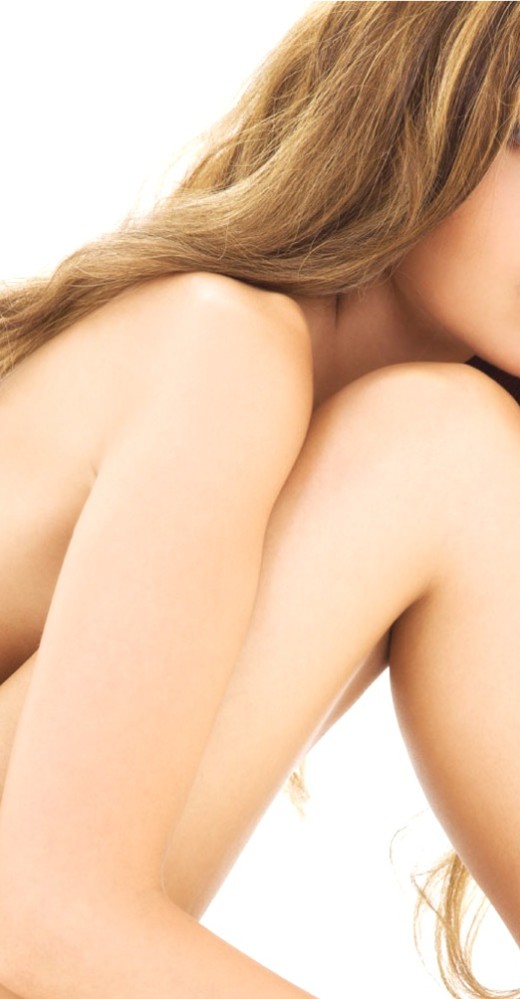PIERCED EARS NEED RIGHT EARRINGS
I plan to have my ears pierced and would like to know if I should be careful about the kind of metal my earrings are made of? People whose ears have recently been pierced should wear earrings of known composition that do not contain nickel, a metal that often causes allergic skin reactions. Sterling silver does not contain nickel and rarely causes allergic reactions; neither does surgical steel or gold, if it is 14 karat or heavier. White gold, German silver and most costume jewelry contain nickel and will cause allergic reactions in those sensitive to nickel. Apparently some pierced earrings also contain nickel, since allergic reactions due to nickel are not uncommon among people who have been led to believe their earrings are made of silver or gold.
An allergic reaction is induced by mechanical, physical or chemical injury to the skin followed by contact with an allergen. Thus close contact with jewelry containing nickel before pierced ears have healed will result in nickel sensitivity.
Once someone becomes allergic to nickel, the allergy is usually permanent and a skin reaction will likely develop whenever the person comes in contact with nickel.
I washed my winter hats and rinsed them in fabric softener, but this did not remove the static electricity. Is there anything you can suggest that I do so that my hair is not a mess when I remove my hat? Spray Static Guard (a colorless, odorless product devised to eliminate static cling from clothing) on hats, hairbrushes and combs to remove the static from fly-away-hair.
Can you suggest a hairstyle for my coarse, thick, unmanageable hair? I have a heart-shaped face with high cheekbones and almond-shaped eyes. My hair does not take a perm well.
Have your hair subtly layered all over to reduce the fullness and add wispy bangs to play up your eyes. You do not mention what length your hair is at present, but shoulder-length would be best with this style.
While a perm is often used with this kind of cut, it is not absolutely necessary. You can achieve a similar effect by letting your hair dry naturally, fluff-ing it with your fingers as it dries to add volume.
I’ve heard arguments both for and against the use of natural bristle brushes as opposed to synthetic bristle brushes. Which type of brush is really best for your hair? Because they are deliberately adjusted to varying lengths to produce an uneven surface, the advantage of natural bristles is that they massage and stimulate the scalp without undue irritation. However, while natural boar bristle brushes are good for the scalp and gentle on the hair, they are often quite expensive. Thus, in the interest of economy, a combination synthetic-natural bristle brush – set in a rubber cushion to allow for greater flexibility – is probably best. It is also a good idea to choose a brush according to the length and texture of your hair – the longer your hair, the longer the bristles should be. Similarly, coarser hair requires coarser bristles.
Because I sit a lot at my job and have gained a few pounds, I have developed stretch marks on my thighs. Is there a cream or some type of treatment that can get rid of them? How can I prevent them? Large weight gains stretch the skin past its point of flexibility, breaking down underlying elastic and collagen fibres. Stretch marks result when the upper layer of the skin becomes detached from these underlying layers, creating light-colored furrows in the skin.
While creams and lotions claiming to fade stretch marks will keep your skin smooth and supple, they will have no effect on the underlying structure of your skin where stretch marks occur. Since there is no cure or technique to eliminate stretch marks your focus should be on prevention. Keep weight gains to a minimum with proper diet and exercise.
Every year about this time, with the onset of cold weather, the skin on my arms and legs gets so dry it actually flakes. Should I use my facial moisturizer on the rest of my body, or is there another kind of moisturizer that would be more effective? In addition to being a rather expensive all-over treatment, your facial moisturizer is probably not oily enough to be effective on seriously dehydrated skin. Facial skin and body skin differ in that there are fewer sebaceous (oil-producing) glands in the body than on the face; arms and legs have the lowest number of sebaceous glands, the forehead the highest. For this reason, the body moisturizer you use should be highly emollient and there is really none better than ordinary baby oil. Vaseline is another good moisturizer. Unlike many lotions, Vaseline doesn’t need to be applied heavily to be effective; use it very sparingly and massage it in well after bathing when your skin is still damp. In this way, moisture is sealed into your skin by a protective film. And do remember to treat your skin with care during the dry-skin season.


